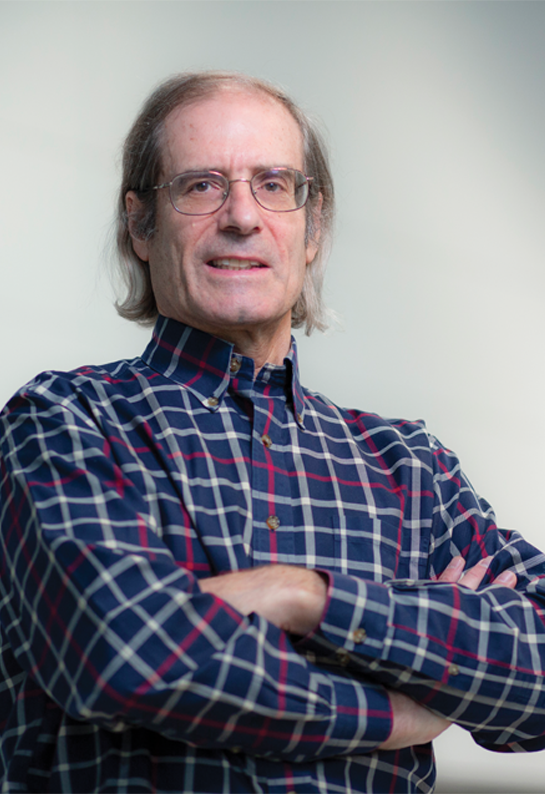Right now, engineers rely on two types of turbulence modeling: average flow calculations, which offer high efficiency, but less detail, and eddy-resolving calculations, which offer more detail about turbulence, but take more time and are often cost prohibitive.
Hybrid method, custom tailored
“Using a hybrid simulation method makes it possible to reduce the number of grid points required to do the simulation, and to find the optimal balance between detail and efficiency,” said Durbin, Joseph C. and Elizabeth A. Anderlik Professor of Engineering, “We can capture just enough physics to make reliable predictions.”
The goal is for Durbin’s hybrid model to adapt itself to the specific mechanics of a simulation, automatically balancing how much of each type of turbulence model is needed to reach the sweet spot between accuracy of eddy-resolving and efficiency of average calculations.
“Some computational algorithms adapt their grid to the fluid mechanics, but in our case we are working to make the model adapt to whether the grid can resolve the turbulent eddies or not,” said Durbin. “Our model senses eddies and adjusts itself. If the grid is really fine, it can use more of the eddy-resolving model, but if the grid is coarse, it needs more of the average model.”
Impact across engineering
Durbin is testing his new approach on the National Science Foundation’s XSEDE supercomputers and applying the hybrid turbulence model to questions of ship hulls’ roughness and turbulence for the U.S. Navy.
Since turbulence considerations span many engineering disciplines, his new hybrid model has the potential for wide impact.
“Questions about turbulence are important in engineering problems ranging from designing small engines, to aircraft, to wind turbine blades,” says Durbin. “Engineers both seek to cause turbulence and to prevent it. Either way, having more efficient, accurate simulations will improve designs.”
